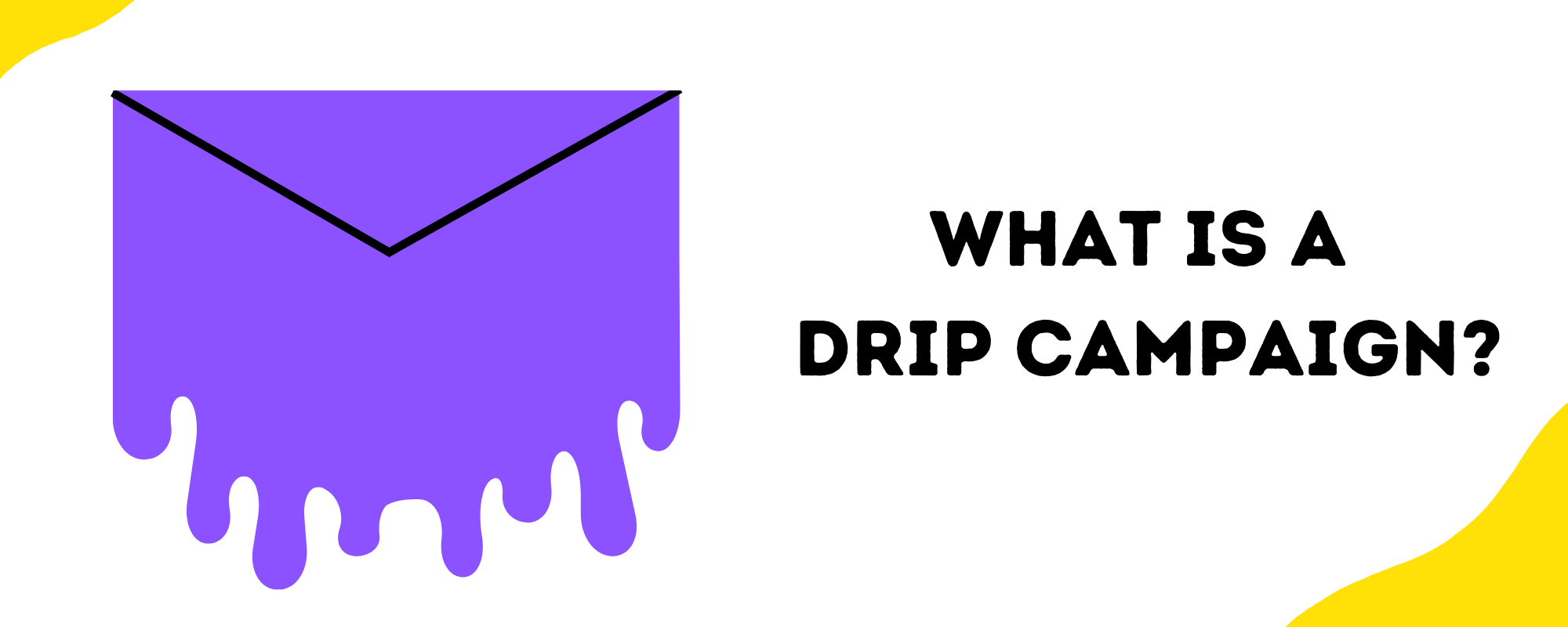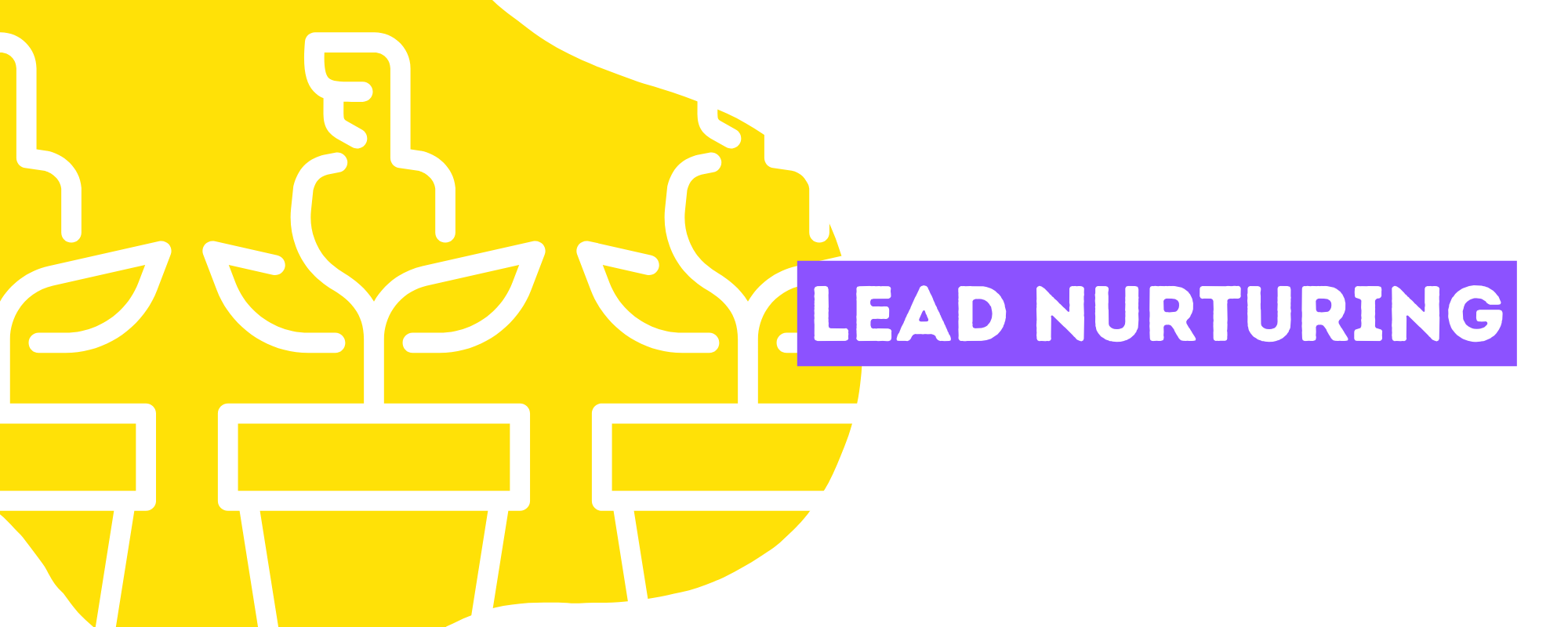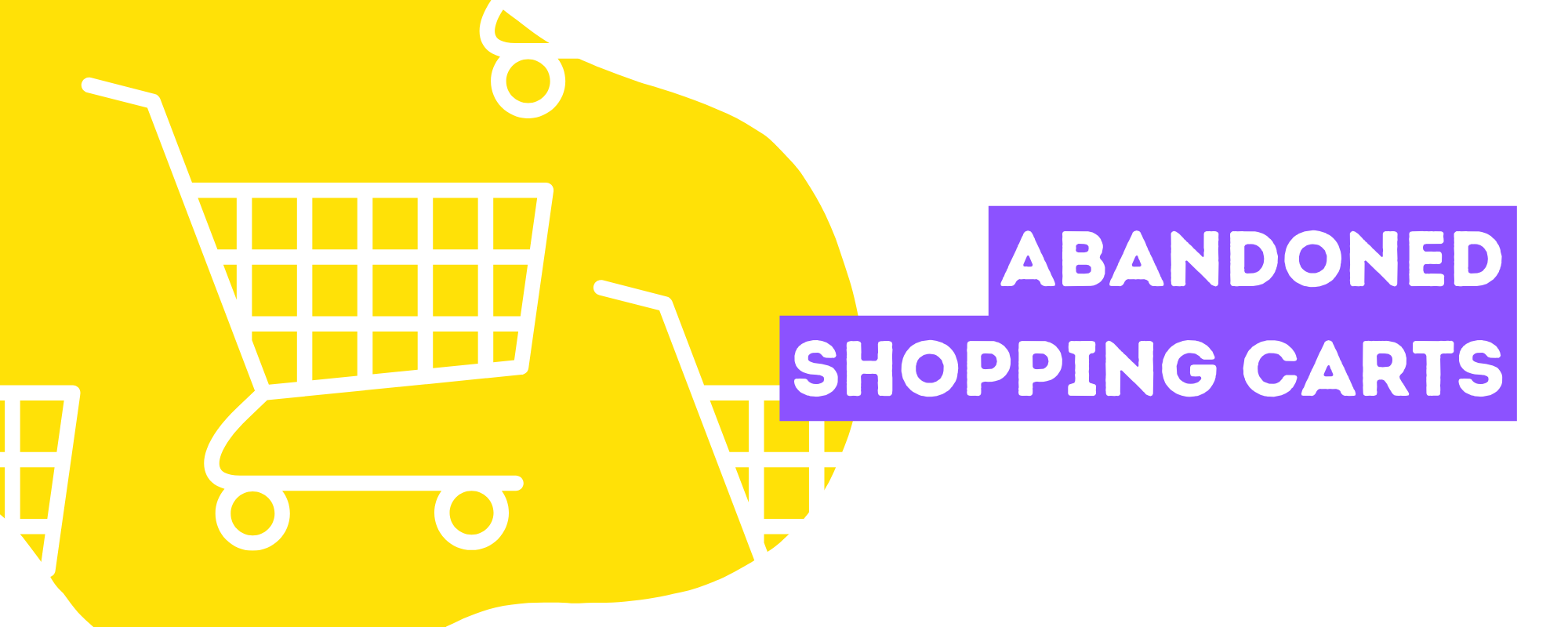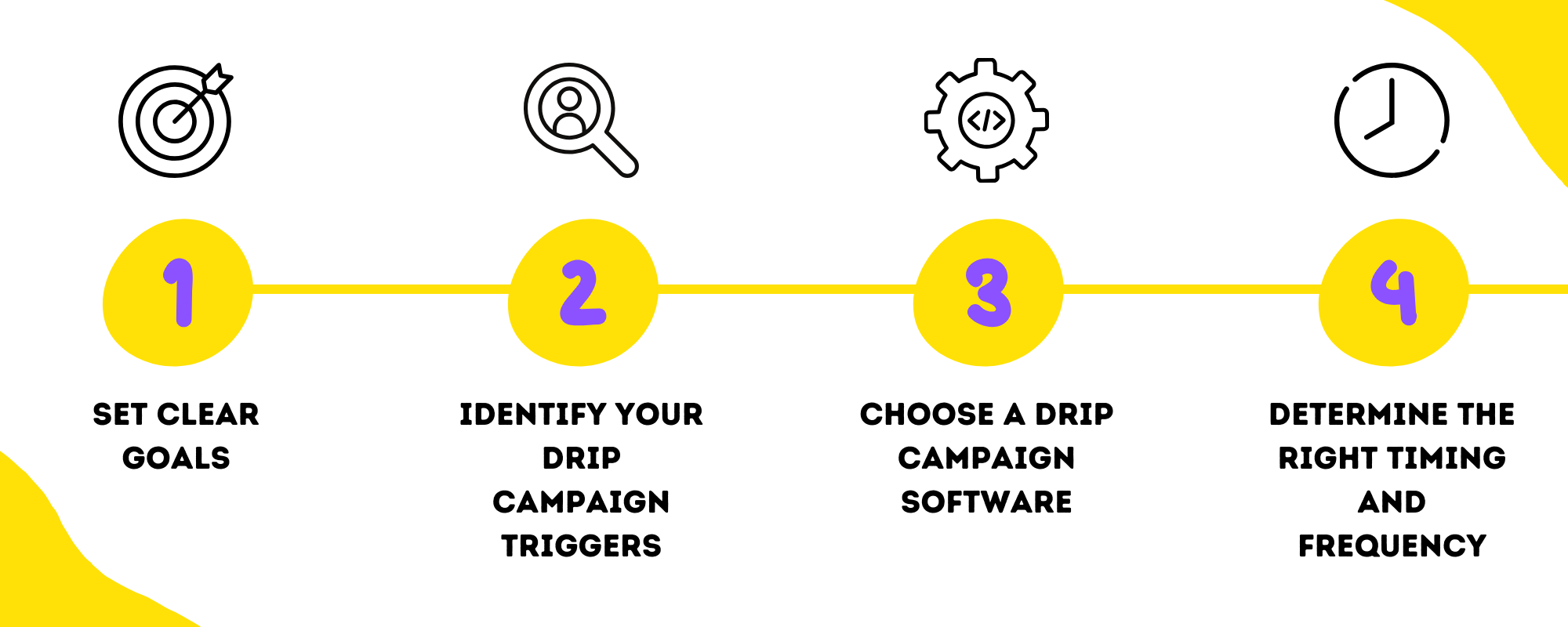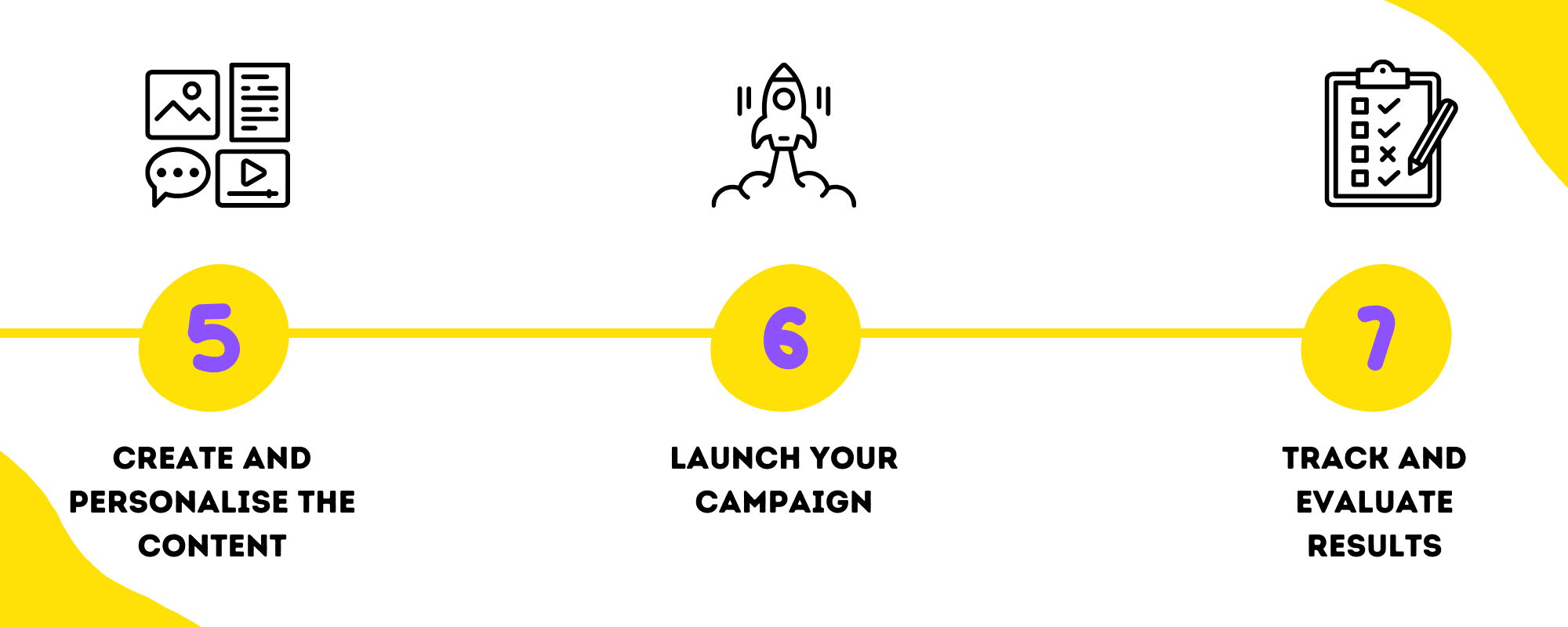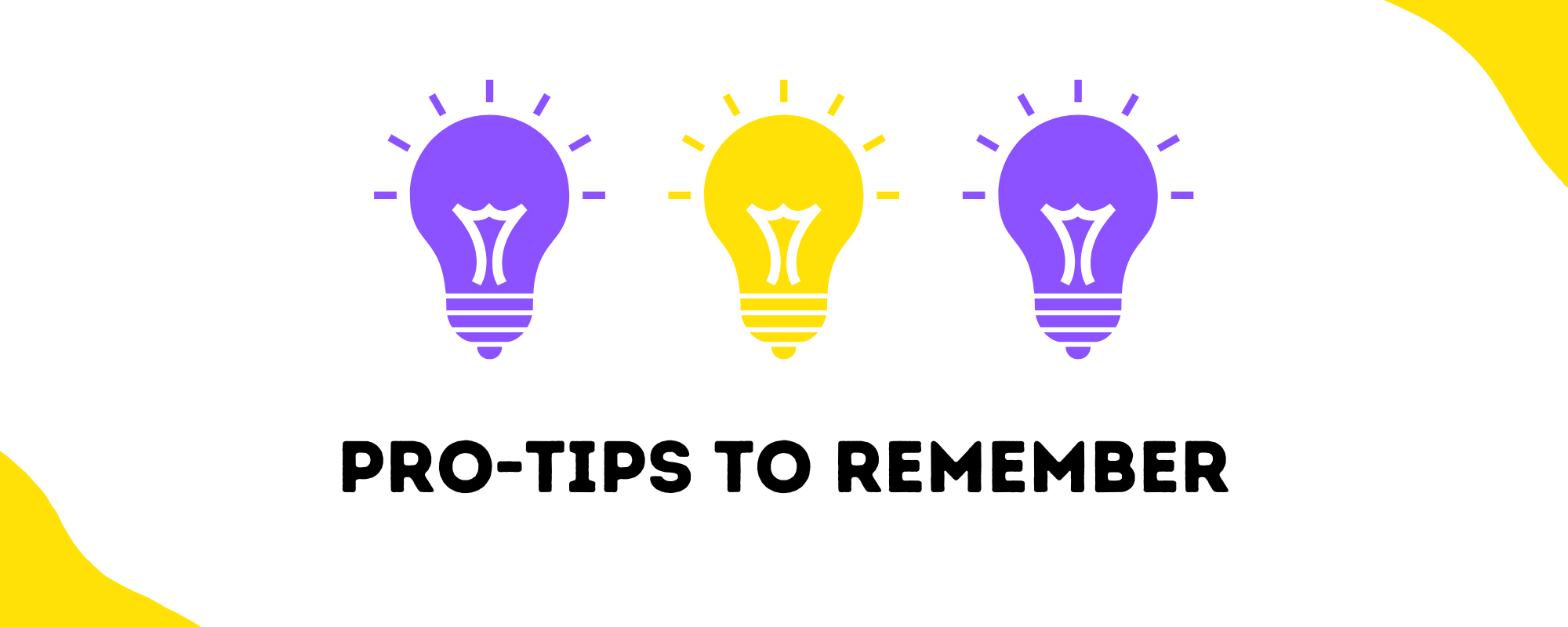
Drip Email Campaigns: Nurturing Leads through Automated Sequences
CATEGORIES
Tags
24/7 analytics australia automation Business Process Outsourcing company Copywriting CRM customer support data data and analytics Delegate digital digital advertising digital marketing Digital Support Staff ecommerce Email Management Email Marketing Entrepreneur Freelance Writers google ads graphic design Hiring Freelancers Marketing offshore offshoring ominchannel support organizer outsource Outsourcing Philippines Project management reporting seo seo audit Shopify Small Business social media Social media experts social media management United States video Virtual Assistant Virtual Team
Email may feel like an archaic way of marketing. But believe it or not, it’s still one of the most effective and most profitable marketing tools.
According to Litmus, each $1 you spend on email marketing can produce $36 in returns. That’s an amazing return on investment (36x)!
And that’s the main reason why experts and marketers always suggest email marketing for online businesses. Here are some statistics to prove it:
- 81% of small businesses use email as their primary customer acquisition channel, and 80% use it for retention
- 33% of marketers send weekly emails, while 26% send multiple emails per month
- 81% of B2B marketers say their most used form of content marketing is email newsletters
- 64% of B2B marketers said their email marketing strategies were effective for meeting business goals in 2021
If you don’t have it in your marketing stack, you are basically leaving money on the table.
But email marketing has to be done properly, in order to produce great results. If you only put gasoline in wood, that doesn’t create fire. So even though email is a great marketing investment, we have to make sure that we do it the best way possible. And the best way to implement email marketing is through drip campaigns.
What is a Drip Campaign?
A drip campaign is basically an automated email marketing campaign. Specific emails are sent when specific triggers are met. These triggers are actions on the customer’s end, like opening a certain link or downloading an offer.
Here are examples of an email drip campaign sequence:
1. A new customer signed up to your email newsletter. This action triggers the welcome email, which typically includes a welcome and introduction to the company and other helpful information like your business hours, and perhaps a welcome discount code for their first purchase.
- This drip can continue onward with specific valuable emails that lead to an action like a download or an opt-in for a product or service.
2. The customer can again trigger an email once they buy something. It’s usually a thank you email.
- From here, the customers can also receive an email 24 hours after the purchase, reminding them to leave a review.
- This drip can continue onward with relevant offers based on the purchase.
3. To build the relationship further, you continue to send valuable content based on insights from the customer’s product views and purchases.
4. Another part of a drip campaign is a special incentive for being a VIP customer. First looks, exclusive discounts, and first access to sales and limited offers.
Another drip is when a customer abandons their cart, or for customers who’ve been quiet for a while. Your abandoned cart emails will remind the person to return to their cart and complete the sale. Your drip can contain irresistible offers like discounts or free shipping to nudge them to purchase.
It can be a display of the image of the item they’ve wanted before, adding a sense of urgency with a CTA, ‘Only 3 items left!’ or ‘Get them before they get sold out!’
Drip campaigns harness and use data from customer actions, thus making them highly effective.
Benefits of drip campaigns
You should do drip campaigns if you want to accomplish the following:
- Build your email list and convert subscribers into advocates
- Automate time-consuming operations
- Segment your target audience into smaller segments based on user behaviours
- Regenerate revenue through renewals, abandoned cart promotions, and more
- Increase brand awareness
- Make your brand more human
Remember that you don’t want to overdo it. A flood of emails will only annoy your consumers.
A well-planned series of drip emails, on the other hand, can be an excellent way to connect with your customers, giving them only relevant information they would truly find valuable for their needs and preferences.
Types of Email Drip Campaigns
Lead Nurturing
Sometimes, your leads need some friendly nudge or convincing, as they aren’t ready to buy yet after just discovering your brand. They may need some time, or more useful information to realise how your business can meet their needs and wants.
When new prospects, or leads, join your email list, you can launch an email drip campaign to nurture or influence them until they’re ready to buy.
The first email, for example, can include helpful and instructional content, the second an excellent review from one of your loyal customers, and the third a unique discount coupon.
Welcoming
After acquiring new leads, you will inform these new users about your product and why it is amazing.
That’s what welcome emails are for: an immediate introduction to some of your company’s best content, and a tutorial on how to use your product.
It is important that you respond quickly, thanking them and showing them around. You can set three types of emails: the “Thank you for subscribing” email, the “Tell us about yourself” email, and the “A little something to get you started” sale email.
Onboarding
Onboarding emails offer the customer targeted “sells” to convince them to use your product. These “sells” could include downloading your company’s mobile app, registering for a webinar, or trying out a new feature.
They’ll stay engaged if you send them a series of emails thanking them as an official patron, thanking them for their order, giving them tips on how to make the most of their new purchase, and informing them of upcoming promotions or events.
Engagement
The more often someone interacts with your site, the more likely they are to become a paying customer. Engagement emails are a sort of drip campaign that invites the recipient to return to your site and take a look around.
These are triggered by either on-site action or a general lack of activity.
For example, these emails will offer them relevant, actionable, and original content. Many brands achieve this through educational content, such as online courses or events.
- Courses. You can offer a set of drips, like a six-week course about a topic related to your business. This gives you a steady flow of high-engaged audiences that interact with your relevant content, anticipating the value it gives every week.
- Events. You can also set email drip campaigns for events, sent for both pre-event and post-event communication. A drip campaign can increase event attendance and encourage registration by sending a “Save the Date” email, followed by an invitation and a final reminder.
Renewals
Whether a customer extended their subscription or is set to expire, you can use drip campaigns to engage them during the renewal process.
For automatic renewals, use an autoresponder to notify users that their account is about to be charged. If your subscriptions do not automatically renew, plan your drip campaign with a clear CTA, encouraging consumers to continue their membership.
Confirmation + cross-selling
You can also use a drip campaign to confirm your users’ purchase renewal. Try setting up a “thank you” autoresponder that sends out immediately after they click the “purchase” button.
You could also include links to your product’s newest features in that confirmation drip to re-engage them with your brand.
It’s a good idea to cross-sell and up-sell to your existing customers, as appealing to them is proven to be more effective than appealing to a new prospect.
When someone makes their first purchase, you may add them to a separate drip campaign that offers complimentary products or an upgrade to their current one.
Abandoned shopping carts
Shopify reports that roughly 88% of online shopping carts are abandoned before the buyer completes a purchase.
With email drip campaigns, you can re-engage reluctant customers back to the ‘Buy Now’ button.
The initial email can effectively remind customers of their desired item, with an actual image potentially retaining their interest and preventing them from abandoning their cart.
The second email communicates urgency using CTAs like “Get them before they’re gone!” and “Limited items left!” to encourage a buyer to make a purchase.
Re-engagement
Re-engagement email drip campaigns target customers that have been inactive for a while, meaning they no longer open your emails or buy something.
This type of email drip campaign is set in an attempt to elicit an action from these customers.
You can structure your email as:
1. ‘We want you back’ email
2. ‘We’ve made the program better for you’ email
3. ‘We think you’ll like these changes’ email
Because you’ll never know why they unsubscribed, these are all excellent ways to get them back.
Recommendations
Sending recommendations shows that you understand your customers’ pain points and have made an effort to analyse and track their purchasing behaviours.
With that information, you can send you personalised drip emails with product recommendations or promotions that match their recent purchase, the items sitting on their cart, or items they’ve looked up.
Setting Up a Drip Campaign
1. Set clear goals
Determine what action you want your lead or customer to take at the end of your drip campaign. Then map out a route to get there.
You can evaluate and choose what of the following common goals are you aiming to achieve:
- Promote a new product or service
- Boost brand awareness
- Gather customer feedback
- Increase revenue
- Raise user engagement
- Encourage people to sign up for an upcoming event
2. Identify your drip campaign triggers
When setting up an email drip campaign, know who your audience is and identify clearly what actions will trigger your emails.
Drips are often triggered by one of two types of triggers: action triggers and demographic/psychographic triggers.
Action triggers
These are actions taken on your website/app or from an email that triggers a response from your automated email campaigns. Some examples are:
- When someone signs up for your company’s newsletter
- When a user downloads your app’s trial edition
- When a consumer clicks on a promotional link in your welcome email
Demographic and psychographic triggers
These triggers are added information provided by your users and patterns you notice from their purchasing behaviour. You can consider identifying the following:
- What are their pain points?
- What are their goals?
- What will pique their interest in the middle of the workday?
These questions will help you determine when and to whom your emails will be triggered. Some examples are:
- When a customer signs up for email updates, they specify that they are married, so you send them a series of “recommended gifts for your spouse” emails during the Christmas season.
- The customer lives in Boston, so you add them to a “Boston area events and promotions” drip campaign.
3. Choose a drip campaign software
To run drip campaigns, you’ll need a sales automation tool that allows you to schedule emails ahead of time and target them to certain segments of your lead base.
Your drip campaign software should work in sync with your CRM and provide real-time performance information, letting you change and update your campaigns as needed.
It should also allow for extensive personalisation – no two leads should receive the same email. The greeting should, at the very least, address the person receiving it.
4. Determine the right timing and frequency
The order of your emails is essential for the success of each campaign, considering the recipient’s needs, requirements, and the right timing to give that information.
Ask yourself, How many emails am I going to send, when, and in what order?
Best day to send emails
Campaign Monitor’s 2022 Ultimate Email Marketing Benchmarks found out that:
- Monday had the highest email open rate (22.0%)
- Tuesday has the highest click-through rate (2.4%)
- Wednesday and Tuesday have the highest click-to-open rates (10.8%)
In contrast, avoid sending your emails on:
- Sunday has the lowest email open rates (20.3%)
- Saturday and Sunday had the lowest click-through rates (2.1%)
- Friday, Saturday, and Sunday had the lowest click-to-open rates (10.1%)
Overall, sending your emails on weekdays is the best option, with the weekend having the lowest engagement data.
Best time of day to send emails
You learn the best days, how about the best time of day to send emails?
GetResponse’s 2023 Email Marketing Benchmark found out that the two best time slots to send emails are between 4-6 a.m. in the morning, and 5-7 p.m. at night.
If you want to increase your open and click rates, send your emails right before your recipients wake up or as they are ready to wrap up their workday.
At these times, inboxes are typically less cluttered, giving you a better chance of capturing your audience’s attention.
A/B test send times
Despite knowing the best days and times based on research, it’s still best to test your send times according to your target audience’s location and personal commitments. Some questions to ponder are:
- Where do the majority of your customers are located?
- What industry do they work in?
- Do they work from home and work odd hours?
- Do they prefer checking their email during their lunch break if they commute in the morning?
This way, you get to understand how they spend most of their time and how their day goes by, which are good metrics to identify what time your emails will draw in more attention.
5. Create and personalise the content
Create relevant and personalised content that you can send to specific drip campaign segments. Now that you know who you’re going after, you need to write a message that is both helpful and attention-grabbing.
What do you want your customers to do or learn? Incorporate your goals and write your emails as clear, actionable, and on brand as possible.
6. Launch your campaign
Once you’ve planned out everything and already have your emails ready, set it up on your chosen email marketing software. It’s important that you’ve picked reliable software, as it will take care of all the crucial details.
7. Track and evaluate results
Just because your drip campaign is automated does not mean it can run unattended. Keep track of the metrics that will ultimately determine the performance and success of your email drip campaigns, and adjust accordingly.
Open rates, click through rates, click-to-open rates
Keeping track of all this information helps you determine the best hour and day to send your emails. Additionally, it enables you to A/B test the phrasing, positioning, or design of your CTA.
You may also use the open rate to A/B test how effective are your subject lines.
User segments
You spent a lot of time studying user segments, and it’s critical that you modify those groups and your strategy based on the results of your email campaigns.
Pro Tips:
Include a CTA button or a question at the end of each email
Add a CTA at the end of every drip campaign email. Either you want the lead to call, tell you who to contact, or sign up for a free trial, they should always know what to do next.
Adapt your CTA to the buyer’s journey stage. You might ask them to follow your company on social media if they have only recently joined up. You can send them a white paper or a case study once they’ve reached the consideration stage.
Know when it’s time to remove someone from the drip
The worst experience a prospect can have is doing your desired action without being removed from your drip campaign.
If they subscribed to your premium offer on a Wednesday and then receive another email on Friday asking them to subscribe, that’s a bad customer experience.
To determine when to remove someone from your drip, set a trigger that will remove a prospect once they accomplish the required action of the email drip campaign.
Implement a follow-up procedure if no response is received
Is your lead still unresponsive? This is not the moment to give up and think that you’ve lost them. Send a follow-up email a few more times. You’re annoying; remember that the goal of a drip campaign is to deliver value, and the truth is that you have something valuable to offer.
If you fail to reconnect after multiple attempts (at least two), you can send a “breakup” email and remove the lead from the sequence.
Outsourcing Email Drip Campaigns
If you think there’s a lot of work needed to plan, set, and launch email drip campaigns, you’re right. But there are a lot of alternatives to streamline it, and you don’t have to figure it out alone.
Outsourcing your email drip campaigns is one ideal way to do it, especially if you’re looking for an expert’s input and work to successfully implement your plans.
Here at USource, we help you run your email marketing campaigns as smoothly and expertly as possible. Our services include:
- Platform set up – We help you get started and leverage the best email marketing platforms suited to your business goals and target audience
- List Building, segmenting, tags – We conduct in-depth research to determine and organise your audience segments, add tags to existing profiles, and build email lists
- Copywriting – Our copywriters work on email campaigns writing clear, compelling copy that increase brand awareness and conversion rates
- Autoresponder series – Our team can review and keep your template responses up to date, and also use them to stay connected with your subscribers, continuously promote your products/services, and make sure the email sequences are updated and run smoothly
- A/B Testing – This checks and finetunes your email campaigns’ performance, setting up tests on different variables (subject line, from name, content, and send time)
Your email marketing efforts are optimised by the best tools and platforms we use, such as:
- ActiveCampaign – Personalise emails using contact information, split test up to five different email versions, and has a built-in spam tester
- Mailchimp – Advanced email marketing solutions like A/B testing, list segmentation, and send time optimization, and personalise email content with an ecommerce plugin for product recommendations
- Klaviyo – Tracks online store interactions, saves consumer data in individual profiles, and provides customised benchmarks for your business
- Marketo – Best for B2B transactions; features up-sell and cross-sell, lead generation, and personalised messages across channels
- Salesforce (Tableau) – Advanced performance reports, customizable templates, and drag-and-drop segmentation tools to refine subscribers
Overall, the success of your email drip campaigns lies in how you plan it out, what platform you use, and how you track metrics and modify plans accordingly. Aligning your timing, messages, and content to your audience’s needs and tendencies is also vital, as they are the ones you’re trying to win.
Get support with your email marketing strategy and work with email marketing experts to optimise your campaigns. Here at USource, we value your goals and insights to help you build effective, long-lasting relationships with customers–a key element in your marketing success.



